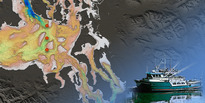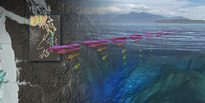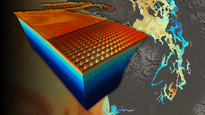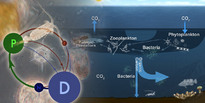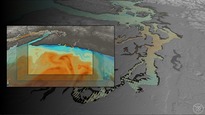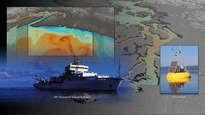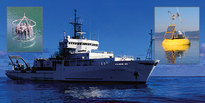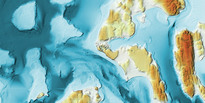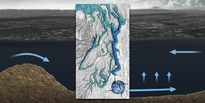Marine

The marine environment of Puget Sound
The marine waters of Puget Sound form one of the largest and most complex estuarine systems in the world. They support enormous biological productivity, but are heavily impacted by human activities, with more than 4 million people living in the region. Puget Sound suffers from several major environmental issues, such as hypoxia (a lack of oxygenated water), nutrient loading, and harmful algal blooms, and these are likely to grow worse under the combined pressures of increasing urbanization and climate change.
The size and complexity of the Sound put it at the limit of our scientific abilities. PRISM supports progress in our integrated understanding of this extraordinary body of water through research focused on:
Observing the Sound
Scientists investigate numerous processes in the ocean with a wide array of technologies, from measuring the 'saltiness' and oxygen levels of Puget Sound to estimating how much biomass grows in any given time period. We also use a wide variety of observational platforms, from traditional research vessels, to seaplanes, to autonomous underwater vehicles and instruments. These observations also form the basis for validating our computer simulations of the Sound.
Computer modeling of Puget Sound
1) Circulation modeling
Tides, winds, and waters from off the Washington coast all influence the way water moves in and out of Puget Sound on a daily to seasonal time scale. The circulation modeling effort aims to develop computer simulations that accurately predict these motions so that we can understand the movement of water, and hence of things that move with the water, in Puget Sound.
2) Ecosystem modeling
Knowing how the water moves in and around Puget Sound is only part of the solution- to understand why different regions of Puget Sound have higher biological production than others, or why some experience hypoxia, necessitates another layer of modeling. In this case, we add on an 'ecosystem model' to the circulation model, which focuses on biological and chemical processes that control the productivity, oxygen levels, and other important water quality factors throughout Puget Sound.
